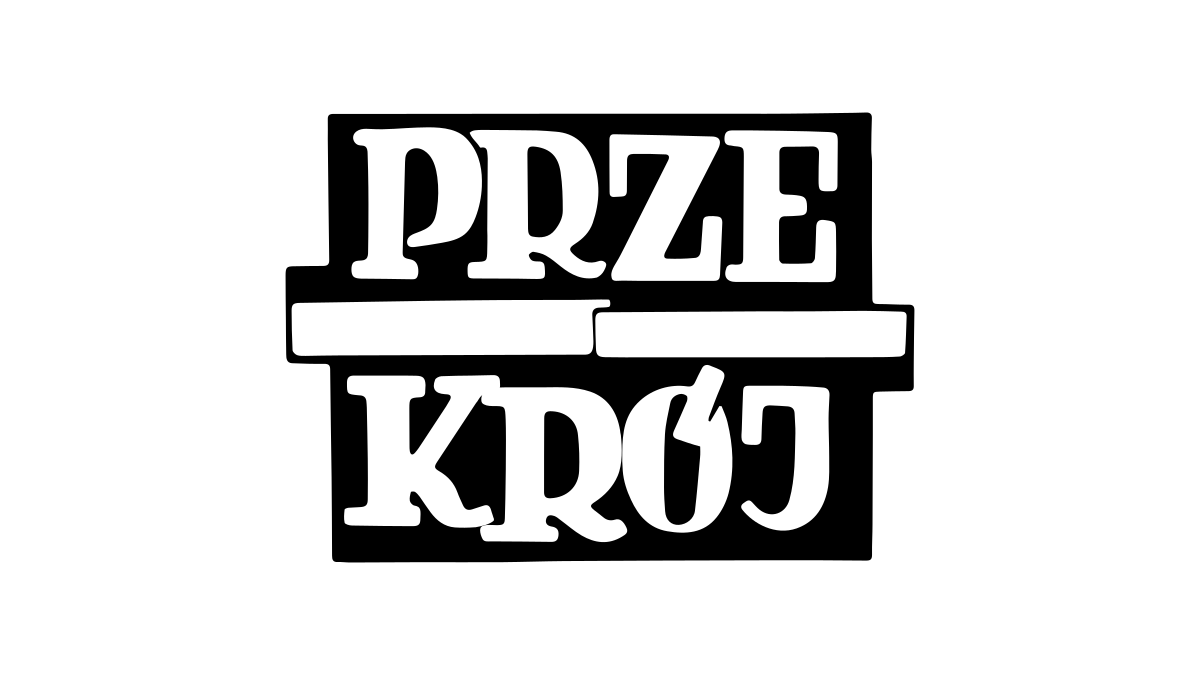
If you like reading, you have surely heard about Normal People. The novel has been acclaimed a ‘future classic’ by The Guardian and its Irish author, 28-year-old Sally Rooney, hailed as the voice of her generation. Hulu and the BBC have bought the screen rights and a television adaption is due to premiere next spring.
The enthusiastic reviews might lead you to expect a literary revelation: a portrait of reality seen through the eyes of the young who are just entering adulthood after the financial crisis of 2008; a landscape that incorporates both psychological subtleties and the restraints of the class system (Rooney is a self-described Marxist),








